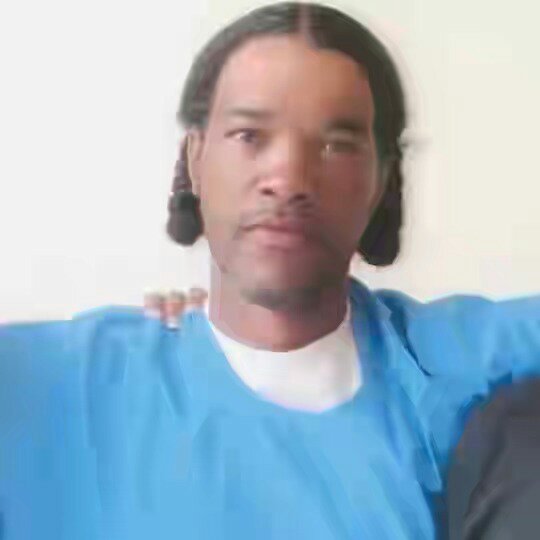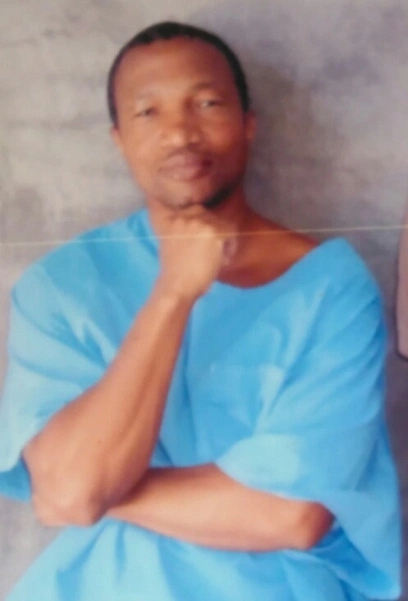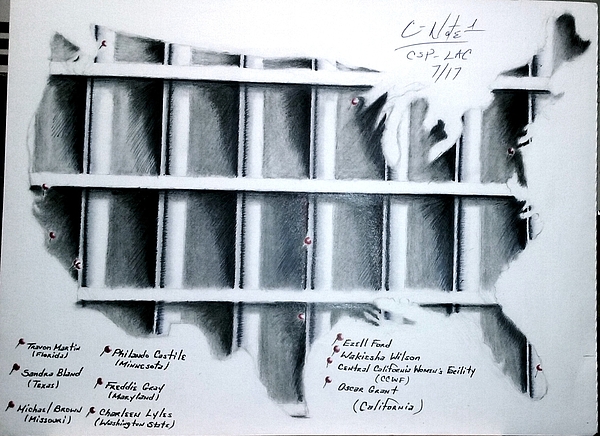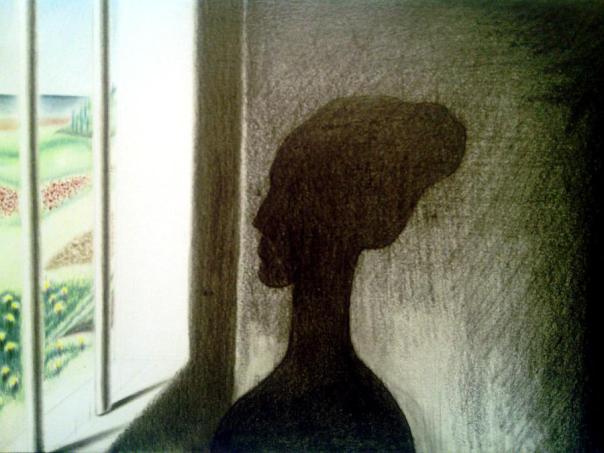
This was a letter to self written by a prisoner in Pelican Bay’s SHU Program
Last night I received a visit from an old adversary. I was just about to fall asleep when, suddenly, Insanity came calling to do battle. I fought diligently and at no point in time did I yield, however, thousands of emotions were violently killed during my struggle to overcome. I was very much unprepared. The attack was rather ruthless, coming swiftly me without warning. Once the premise was set the fighting began with my thoughts, subsequently advancing to my respiratory system. Durng this time, my mind was being bombarded with thoughts of sorrow, utter despair and desperation. I was experiencing difficulties breathing; Insanity had me in the depths of its clutches, choking out every breath that I took was great persistency and patience, in spite of a opposition. I became exceedingly frightened; terrified to say the least.
My biggest fear is that one day I will undoubtedly succumb to my enemy and relinquish every once of sanity that I have. But wait. Why should I be so fearful? When total sanity is gone, so goes my suffering so goes my sorrows. It is only my existence (my self-awareness) which tells me that I’m suffering. If I’m am to continue to exist in a constant state of oppression, why then should I remain aware of it? Under these circumstances, insanity is the preferred selection while death is an alternative.
Certainly my death is not the worst possible outcome. The worst thing about dying is living to know about it. I do not live in the same sense as one who physically experiences life from day to day. I merely exist within my own consciousness. To the world, I am dead. I am very much aware of my death because I am “the living dead.” The only thing tangible about me is my awareness of myself. Realistically, there are no other physical attributes required for this physical form of existence. I see no reason for even wanting to exist in such a state. I am aware of only myself; outside of this ever contracting coffin which I’m confined to, nothing else seems to exist.
I have absolutely no concept of time. Every day is the same as days passed; today is tommorrow, tomorrow is today, and the past is my future. Sadly, I see no end in sight as I struggle everyday to maintain my sanity. It is a battle in which I feel, ultimately, I shall lose; perhaps even a loss that I shall look forward to.
Insanity has many weapons of mass destruction, including those of biochemical warfare. How can I possibly prepare myself for battle in an environment consisting of utter chaos, hatred and sorrow? In which direction do I turn for Hope in a world where even my Keepers look down on me with contempt and aversion, simply because I am an “inmate” and not a human being?
Why should I continue to live in darkness? Even my shadow knows better than that.
by Theo Wilson








